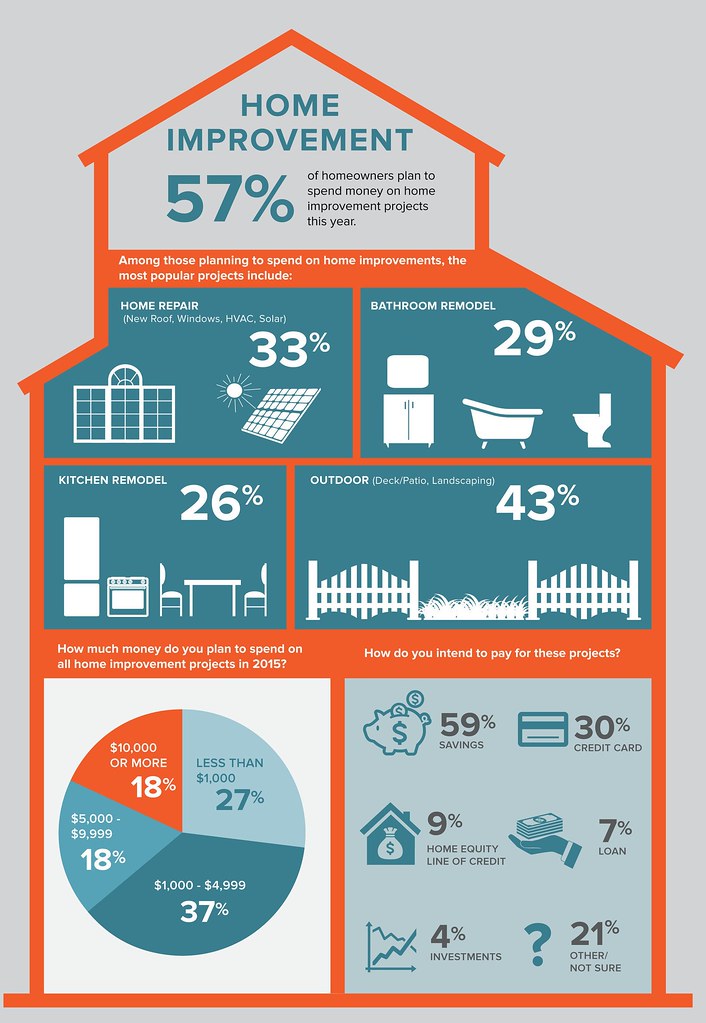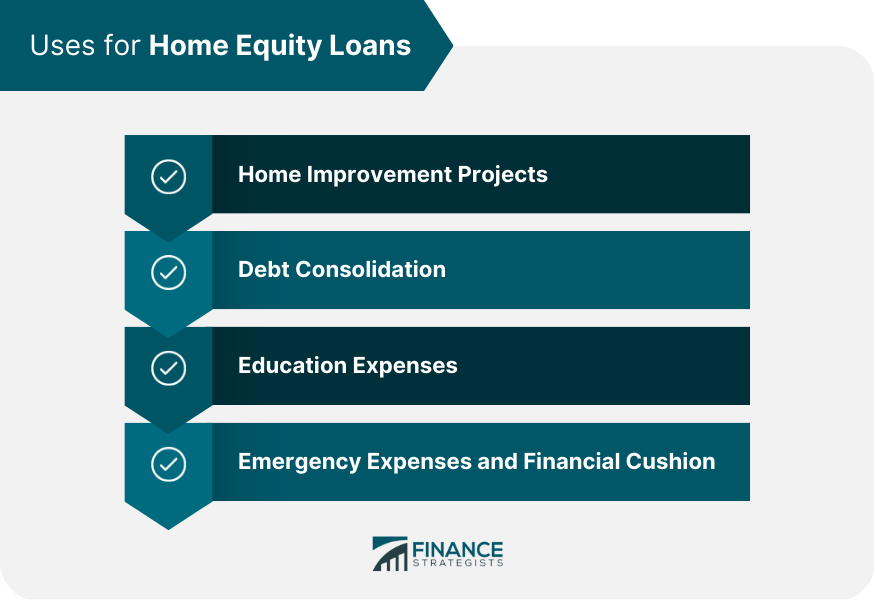When it comes to home improvement, finding alternative solutions can often lead to surprising results. Did you know that there are numerous creative ways to enhance your living space without resorting to traditional renovation methods? By exploring home improvement alternative words, you can achieve a fresh and unique look in your home while also saving time and money.
Home improvement alternative words offer a range of options for those looking to transform their living spaces. From upcycling furniture to repurposing items, these alternatives can breathe new life into tired rooms. With a touch of creativity and resourcefulness, you can create a personalized and sustainable home that reflects your style and values. By embracing these alternatives, you can also reduce waste and contribute to a more environmentally-friendly approach to home improvement.

Exploring Alternatives to Home Improvement
Home improvement is always a significant consideration for homeowners looking to update and enhance their living spaces. However, there are times when you may want to explore alternative options that can achieve similar results without the need for major renovations or remodeling. These alternatives can be cost-effective, time-saving, and can offer unique advantages. In this article, we will explore some alternative approaches to home improvement that can help you refresh your living spaces. Whether you are looking to make small changes or want a complete transformation, these alternatives can serve as excellent options.
Step 1: Repurposing and Upcycling
When considering alternatives to home improvement, repurposing and upcycling can be an excellent option. This approach involves finding new uses for existing items or materials, giving them a fresh purpose in your home. For example, instead of purchasing new furniture, you can repurpose an old dresser by turning it into a TV stand or transforming wooden crates into stylish storage units. Upcycling allows you to unleash your creativity and give a new lease of life to items that might have otherwise been discarded.
There are several benefits to repurposing and upcycling. Firstly, it helps you reduce waste and minimize your environmental impact by reusing existing materials. Secondly, it can be a cost-effective solution, especially if you have items at home that can be repurposed rather than buying new ones. Additionally, repurposed or upcycled items can add character and uniqueness to your space, making it stand out.
When repurposing or upcycling, consider the following:
- Visualize the end result: Plan out how you want to repurpose an item before starting the process. This will ensure that it fits well into your space and serves a functional purpose.
- Research techniques: Look for inspiration and tutorials online to learn about different techniques for repurposing and upcycling. This will help you acquire the necessary skills and knowledge to bring your vision to life.
- Keep an eye out for potential items: Be on the lookout for items that can be repurposed or upcycled, such as furniture, old doors, or even salvaged materials from construction sites.
- Experiment and have fun: Repurposing and upcycling offer opportunities for creativity and self-expression. Don’t be afraid to experiment with different ideas and have fun with the process.
Step 2: Temporary Fixes and Enhancements
Another alternative to traditional home improvement is to explore temporary fixes and enhancements. Sometimes, a small change or addition can make a significant impact on the overall look and feel of your home. Temporary solutions are ideal for those who may not have the time, budget, or desire for permanent renovations.
Here are some temporary fixes and enhancements you can consider:
- Wall decals and stickers: Transform the look of a room by adding removable wall decals or stickers. They come in various designs and can be easily applied and removed without damaging the paint.
- Temporary flooring: If you’re not ready for a full flooring renovation, consider using temporary options like peel-and-stick vinyl tiles or removable carpet tiles. These can give your floors a new look without the commitment.
- Removable wallpaper: Customize your walls with removable wallpaper. It’s easy to install and remove, making it a versatile option for adding patterns and colors to your space.
- Modular furniture: Invest in modular furniture that can be easily rearranged or expanded as needed. This allows you to change the layout and functionality of your space without the need for major renovations.
Temporary fixes and enhancements are particularly beneficial for those who are renting their homes or want the flexibility to change the look and feel of their space more frequently.
When exploring temporary fixes and enhancements, consider the following:
- Budget and affordability: Temporary solutions can be more cost-effective compared to permanent renovations. However, it’s still important to set a budget and prioritize your spending.
- Research quality: Look for high-quality temporary products to ensure they withstand regular use and maintain their appearance over time.
- Consider ease of installation and removal: Choose temporary options that are easy to install and remove without causing damage to your existing surfaces or finishes.
- Test before committing: If you’re unsure about a certain temporary enhancement, test it out in a small area or on a single piece of furniture before applying it to your entire space.
Step 3: Optimize Space and Organization
If you’re looking for a home improvement alternative that doesn’t involve physical changes or additions, optimizing space and organization can make a significant difference in your living environment. By reevaluating the way you use and arrange your belongings, you can create a more functional, efficient, and visually pleasing space.
Here are some strategies for optimizing space and organization:
- Declutter: Start by decluttering your home and getting rid of items you no longer use or need. This will free up space and make it easier to organize your belongings.
- Maximize storage: Use storage solutions such as shelves, cabinets, and storage containers to make the most of your available space. Utilize vertical space and consider hidden storage options.
- Establish zones: Create designated zones for different activities or functions within a room. This will help organize your space and make it more efficient.
- Invest in organizational tools: Use tools like bins, dividers, and drawer organizers to keep your belongings sorted and easily accessible.
Optimizing space and organization not only improves the functionality of your home but also enhances its visual appeal. It can create a more harmonious and stress-free living environment.
Consider the following when optimizing space and organization:
- Assess your needs: Determine what you need from your space and organize accordingly. For example, if you work from home, create a dedicated workspace with all the necessary supplies within reach.
- Regular maintenance: Once you’ve optimized your space, make it a habit to regularly declutter and reorganize to maintain an organized environment.
- Labeling: Label your storage containers to easily locate items and maintain order.
- Involve the entire household: Encourage everyone in the household to maintain the organization and contribute to keeping the space tidy and clutter-free.
Step 4: Incorporating Nature and Greenery
One way to bring freshness and life into your living spaces is by incorporating nature and greenery. This alternative to home improvement involves adding plants, natural elements, and biophilic design principles to create a more vibrant and inviting atmosphere.
Here are some ways to incorporate nature and greenery:
- Indoor plants: Select indoor plants that thrive in the available light and temperature conditions of your home. Place them in various rooms to enhance the overall aesthetic and air quality.
- Natural materials: Choose furniture, flooring, and decor made from natural materials such as wood, bamboo, rattan, and stone. These materials bring a sense of warmth and earthiness to your space.
- Natural light: Maximize the amount of natural light in your home by using sheer curtains or blinds that allow sunlight to filter through. Natural light creates a connection to the outdoors and can improve mood and productivity.
- Biophilic design: Incorporate biophilic design elements such as water features, living walls, or nature-inspired artworks. These elements create a strong connection to nature and promote well-being.
Incorporating nature and greenery not only adds visual interest to your home but also provides numerous health benefits. Plants can improve air quality, reduce stress levels, and create a welcoming and soothing ambiance.
Consider the following when incorporating nature and greenery:
- Research plant care: Choose plants that are suitable for your level of commitment and the conditions in your home. Be sure to research their care requirements and provide proper lighting, watering, and maintenance.
- Balance and scale: When selecting plant sizes and quantities, consider the balance and scale within your space. Opt for a variety of plant heights and forms to create visual interest.
- Placement: Determine the best locations for your plants based on lighting conditions and their ability to thrive in specific areas of your home.
- Regular maintenance: Keep your plants healthy and thriving by watering, fertilizing, and pruning as needed.
Enhancing Your Home Without Major Renovations
Exploring alternative approaches to home improvement can be an exciting and fulfilling journey. Repurposing and upcycling, temporary fixes and enhancements, optimizing space and organization, and incorporating nature and greenery are just a few examples of the alternatives available. These approaches allow you to make positive changes to your living spaces without the need for major renovations or remodeling. With a little creativity and research, you can transform your home into a place that reflects your unique style and meets your evolving needs.


23 Of Wilson’s Best Moments On \”Home Improvement\”
In summary, if you’re looking for another term to describe home improvement, consider using “home renovation” or “home remodeling.” These alternative words refer to the process of enhancing or updating your living space, whether it’s through repairs, renovations, or additions. By using these terms, you can communicate your plans for transforming your home with a fresh and updated look.
Remember, the choice of words can greatly impact how others perceive your home improvement project. So, when discussing your plans with contractors, friends, or family, consider using the terms “home renovation” or “home remodeling” to accurately convey your intentions and avoid any confusion. Happy transforming!







